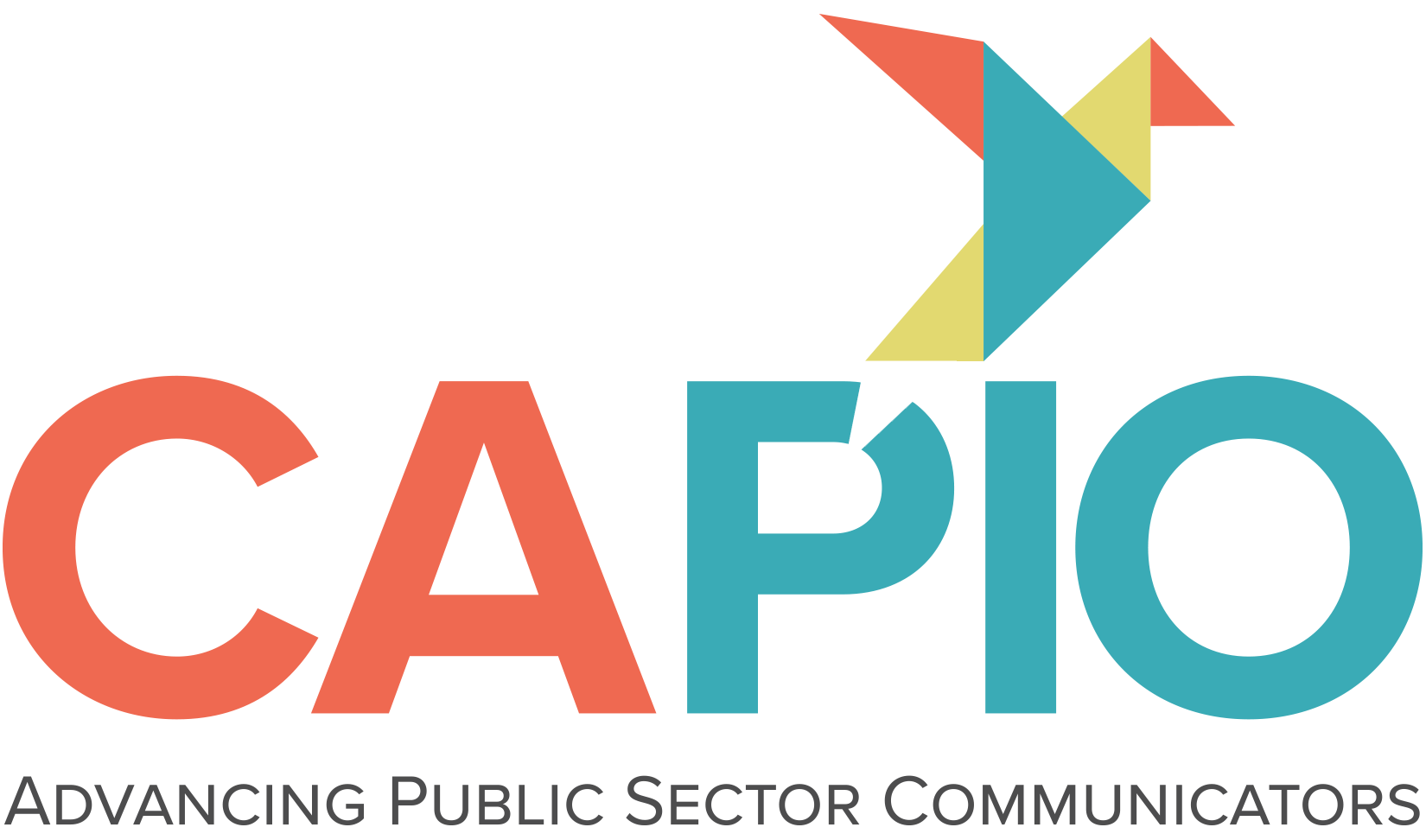Take Storytelling to the Next Level through Layered Messaging
Article By Scot Crocker, Managing Partner, Crocker & Crocker
Storytelling has always been a strong communication tool to educate and engage audiences and to change their behaviors for social marketing campaigns conducted by government communicators. In the past, channels for telling stories usually focused on media relations, print ads, newsletters and verbally at public meetings.
Digital channels provide even more opportunities for audience engagement in stories that help you meet your communication goals. Storytelling is no longer a one-way communication but a two-way conversation with audiences.
The concept of storytelling seems simple right? Heck, we learned this in elementary school. A strategic approach requires thought, creativity and the opportunity to bring the story to life by layering pieces of the story across time through one channel or build the story across communication channels.
The focus of the layered approach isn’t about “bursting” pieces of a story but creating an ongoing storyline that appears to audiences that the story is “always on.” Think about the impact as audiences become intrigued followers and then participate in the story through their own communication either by sharing, adding to the storyline or both.
As an example, a digital ad and transit sign can tease the storyline, drive curiosity and lead viewers to a website or microsite for more pieces of the story. From the microsite, links to other parts of a storyline can take the audience to YouTube, Instagram, Facebook or other social media. Social media encourages participation and will bring others into the story.
So what stories work in this context? Sequential messaging helps explain complex issues or policies, change thinking, and communicates the consequences of taking or not taking action or simply to get buy-in for a concept or message.
Stories can be made-up examples using surrogates instead of real people or real-life stories with real people. Both can be offered creatively, building emotion and capturing empathy. Give people in your story a connection point to audiences. That includes their names, families, pets, hobbies, locations and other attributes which resonates with your audience. If they can relate to some aspect of the story, that can lead to better attention and recall of the issues at the core of the campaign.
Other key considerations when building your story include having protagonist and antagonist characters. That can include the mother who believes in solid waste recycling and having a neighbor who doesn’t. Or when getting people to wear life jackets on waterways, the antagonist can be the lake or river.
Understand what your audience values most and incorporate those values into the story. Also, don’t forget the value of emotional drivers which often have greater impact than rationale factors. Good content is always emotive. You may want to jump to positive emotions: Funny, happy, content or touching. But research clearly shows that negative emotions can have equal impact to change behaviors than positive ones. We see negative emotions in all sorts of daily marketing: fear, anger, shock or contempt.
Some of your audience base might have contempt for the status quo on certain issues… not enough recycling, water conservation or transportation improvements. The negative emotion can be leveraged by encouraging that audience to get involved and help solve the problem whether its overall behavior change, increasing rates or engaging communities.
Think strategically about the use of emotion. It’s powerful in storytelling but doesn’t always have to be used if the rational, objective facts and data can carry the storyline.
A final thought. Government communicators are often scrambling for content. The ongoing story through all your communication channels provides you and your team with a wealth of new, interesting and creative content that can often take on a life of its own. It’s worth trying.

Comments
Post new comment